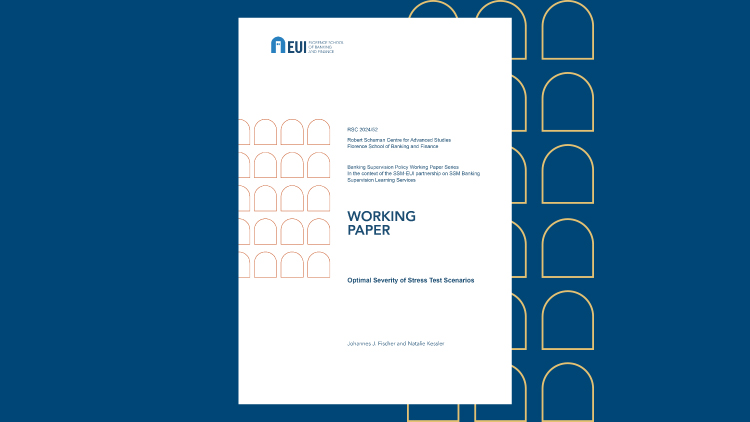Links
Next content
Read more
Charting the digital and technological future of Europe: what priorities for the European Commission in 2024-2029?
What steps can Europe take to advance a just and human-centric digital transformation? Digital policies play a crucial role in shaping economies and societies, and much is at stake: human rights, democracy, economic prosperity,...
Regularly conducted stress tests constitute a constraint on bank balance sheets: future equity must suffice to maintain current lending even after absorbing severe losses. Studying such a forward-looking constraint in a representative bank model, we show that a stricter stress test scenario leads to lower dividends, higher equity buffers, and lower, albeit less volatile, lending. Given this trade-off, the optimal scenario implies capital buffers of up to 6% when facing loan returns similar to those of large U.S. banks. Finally, we show that complementing stress tests with dividend restrictions improves lending stability, while relaxing counter-cyclical capital buffers does not.
This paper is part of the Banking Supervision Policy Working Paper Series in the context of the SSM-EUI partnership on SSM Banking Supervision Learning Services. Read more.
